Evolution Of First-Person Shooters: Current Games In First-Person Shooter Genre

In these last years, we have seen the focus shift again to new technologies, as well as a sharing of games between PCs and consoles.
Halo
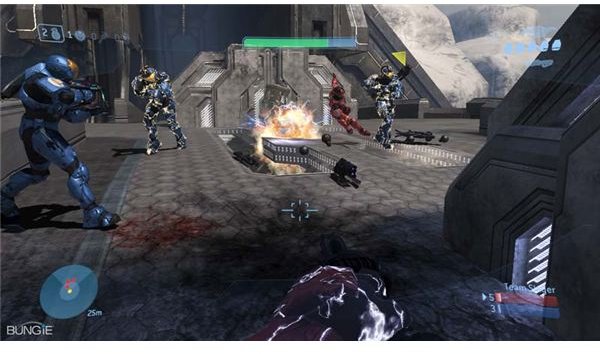
The Goldeneye of the new generation, Halo by Bungie is one of most successful first-person shooters on console. Initially released on the Xbox, Halo later gets ported to the PC.
Home to a booming multiplayer scene, Halo makes use of the Xbox Live matchmaking service to make multiplayer games easy to coordinate. Halo also introduces a very refined example of co-op gameplay, allowing players to locally or wirelessly play together in the campaign.
Battlefield

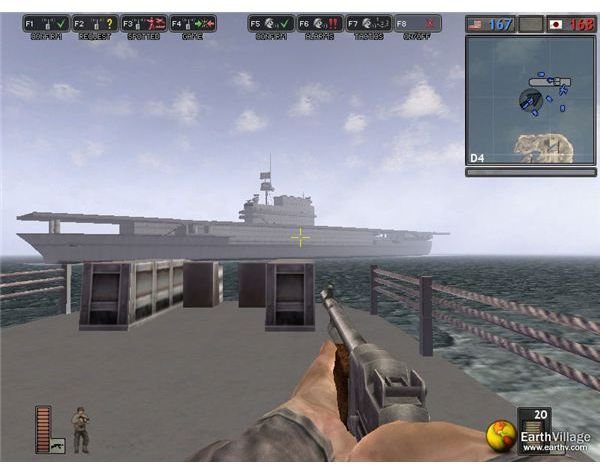

The Battlefield games by EA allow for large-scale theaters of war to be played online. Often having more than 30 players on one game, individual maps are huge expanses requiring vehicles to be used. Tactical planning is often beneficial, but not absolutely required.
Far Cry and Crysis
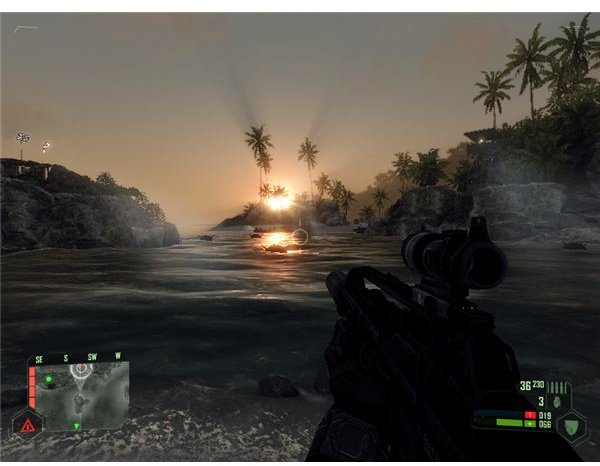
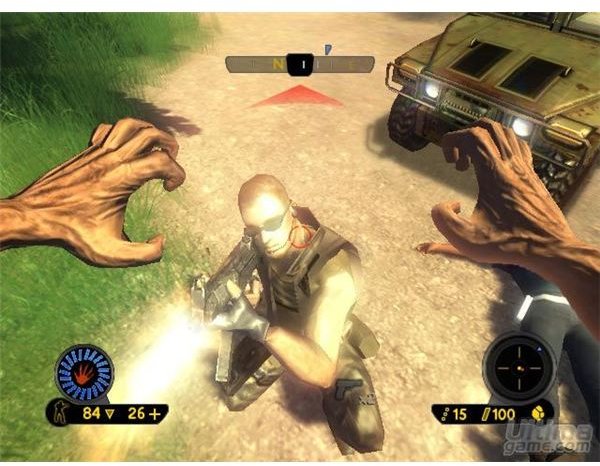
Far Cry and Crysis, both made by Crytek, are examples of open-world first-person shooters. The idea is to drop the player in a huge place, where he can explore and attack the enemy in a fluid, nonlinear way. Attacking different positions will progressively weaken the opposition until the player can finally attack the final stronghold.
In addition, the games allow the player to utilize temporary superpowers, giving himself extra strength or speed, or in the case of Far Cry, the power of scent.
Call of Duty 4 and F.E.A.R.


Call of Duty 4 (by Infinity Ward) and F.E.A.R. (by Vivendi) are both refinements of the hyperlinear first-person game. By using linearity, the games provide a much more intense experience.
Fear uses highly competent enemy AI, and Call of Duty 4 pushes the player through very elaborate setpieces, neither of which would be possible without modern computers’ processing power.
Half Life 2
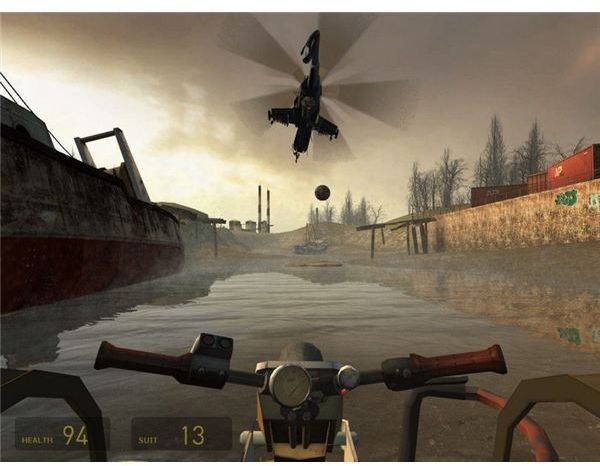
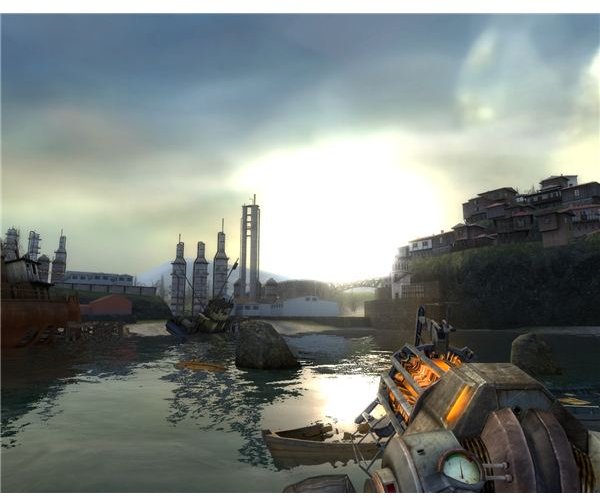
Half Life 2 from Valve is a game based around knowing the player. Valve developers would block off obvious routes and as players took obscure, side routes, they would be going exactly where the developers knew they would go. Because of this, despite being a very linear game, it never feels that way.
Half Life 2 is also one of the few games to never take control away from the player, opting to eschew cutscenes, a very prominent game convention.
There is a heavy use of physics, from puzzles to weapons, such as the gravity gun.
